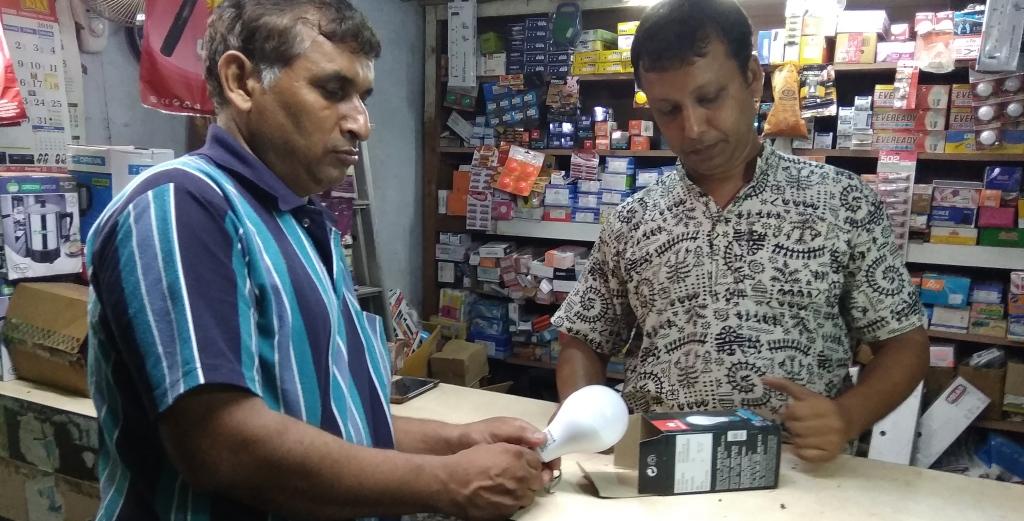
Risk Perceptions Challenging Green Lighting
India Today Are perceived risks making Indians shy away from eco-friendly LED lighting? - Researchers at IIT Kharagpur’s Vinod Gupta School of Management find concurrence in a study pointing out at consumer psychology and perceived high-cost factor which might be slowing down the growth of the Indian LED lighting market. The UJALA scheme by Govt. of India had been aiming to make a transition to LED for all lighting needs by 2019. This could have helped the nation save over ₹ 40,000 crore a year. But looking at the sales figures in 2018, the market share of incandescent bulbs, CFLs,…
